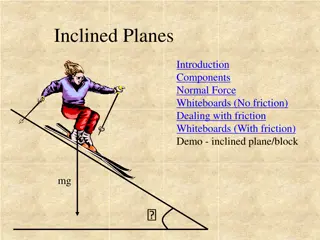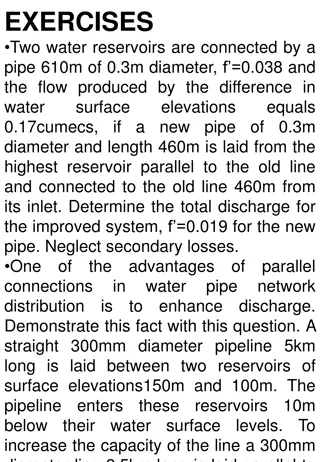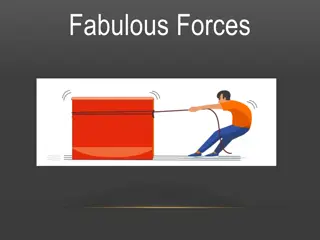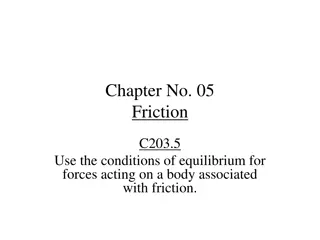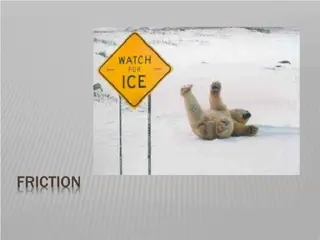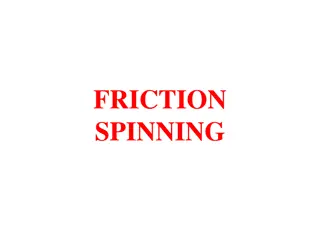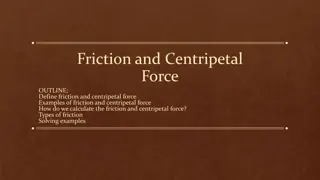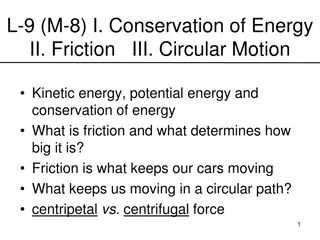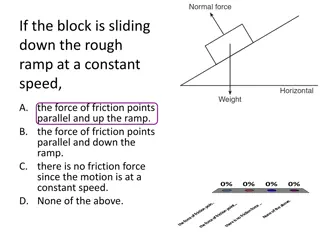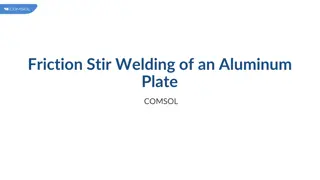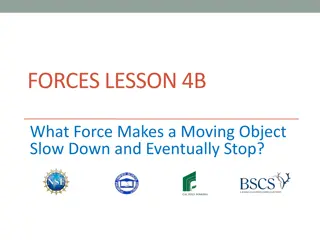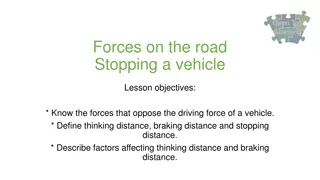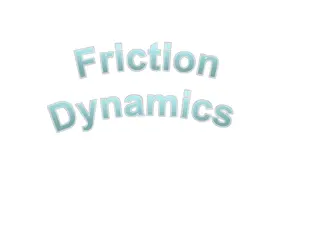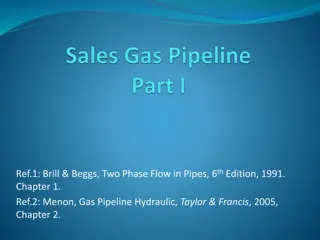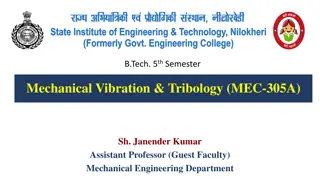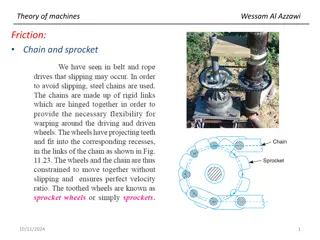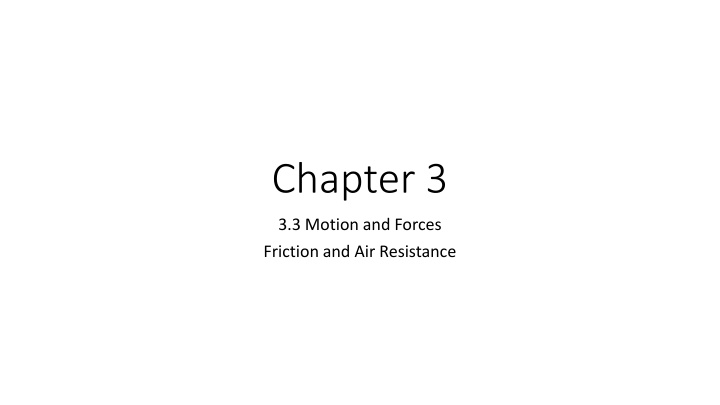
Understanding Friction: Types and Impacts Explained
Learn about friction, the force that opposes sliding motion between surfaces. Discover the types of friction - static, sliding, and rolling - and how surface materials affect frictional forces. Explore examples and understand the impacts of friction on everyday interactions and motion.
Download Presentation

Please find below an Image/Link to download the presentation.
The content on the website is provided AS IS for your information and personal use only. It may not be sold, licensed, or shared on other websites without obtaining consent from the author. If you encounter any issues during the download, it is possible that the publisher has removed the file from their server.
You are allowed to download the files provided on this website for personal or commercial use, subject to the condition that they are used lawfully. All files are the property of their respective owners.
The content on the website is provided AS IS for your information and personal use only. It may not be sold, licensed, or shared on other websites without obtaining consent from the author.
E N D
Presentation Transcript
Chapter 3 3.3 Motion and Forces Friction and Air Resistance
Friction If I push a roll of tape along the counter, it will slow down eventually Why? Because the forces are unbalanced The force that slowed down the tape is called friction
Friction Friction is the force that opposes the sliding motion of two surfaces that are in contact What impacts friction? The size of the frictional force exerted by one surface on another depends on the materials the surfaces are made from and the roughness of the surfaces Simply put, texture! Even the most highly polished, shiny and smooth looking metal surfaces have bumps and dips that stick when they are in contact with each other These bumps and dips form microwelds
Friction There are 3 main types of friction Static Sliding Rolling
Friction Static Friction Frictional Force that prevents two surfaces in contact from sliding past each other In the example to the right, the static friction balances/is equal to the force the man is applying to the box, so the box does not move Other examples include pushing a car by yourself might have a hard time making it budge! Strongest frictional force
Friction Sliding Friction The force that acts in the opposite direction to the motion of a surface sliding on another surface You need to overcome the static friction for sliding to occur Sliding friction is ALWAYS opposite the direction of the motion Intermediate/middle strength frictional force Smaller than the force due to static friction Example includes when you slam on the brakes on a car and it slides/skids forward Applied Force Sliding Friction
Friction Rolling Friction When an object rolls over a surface, a frictional force due to rolling friction slows the object down Weakest frictional force Much less than sliding or static friction, which is why it is easier to move a heavy object if it is on wheels
Friction There s one additional category of friction that we see Fluid Friction The resistance to an object's motion that slows the object down as it moves through a liquid or gas In a liquid, this is called drag If this occurs in a gas, it is called air resistance
Air Resistance and Terminal Velocity When a falling object is pulled to earth, its pulled downward by gravity Air resistance is a frictional force that opposes the motion of objects as they fall through the air Acts in the opposite direction If an object is falling downward, air resistance acts upward If there were no air resistance, all objects would fall at the same speed The amount of air resistance depends on the speed, size, and shape of the object When an object is falling, the highest velocity (speed and direction!) the object will reach due to air resistance is called the terminal velocity In a vacuum, an apple and a feather would fall with the same acceleration because there would be no air resistance.
Lets Review What causes friction? If I wanted to push a sofa across my living room, how are static friction and sliding friction involved?

